This part of Fort Worth will fuel Metroplex growth for the next 20 years. Are we ready?
Southwest Fort Worth has a rural charm that you can’t get in other parts of the city.
Neighbors share eggs from their chickens, and exchange fruits and vegetables from their gardens on properties one acre or larger. Foxes and butterflies used to roam the nearby fields before they were cleared for subdivisions.
There’s enough space for your dogs to run and your kids to play, said Linda Beckman, who has lived in the Panther Heights neighborhood, just south of the McPherson Boulevard exit off the Chisholm Trail Parkway, for the past decade.
Neighbors know each other, and there’s a feeling of community that you don’t get in more dense parts of town, she said.
That’s starting to change for the area south of Interstate 20 along both sides of the Chisholm Trail Parkway. People are being drawn by good schools, affordable new homes, and a 20-minute drive to downtown on the tollway.
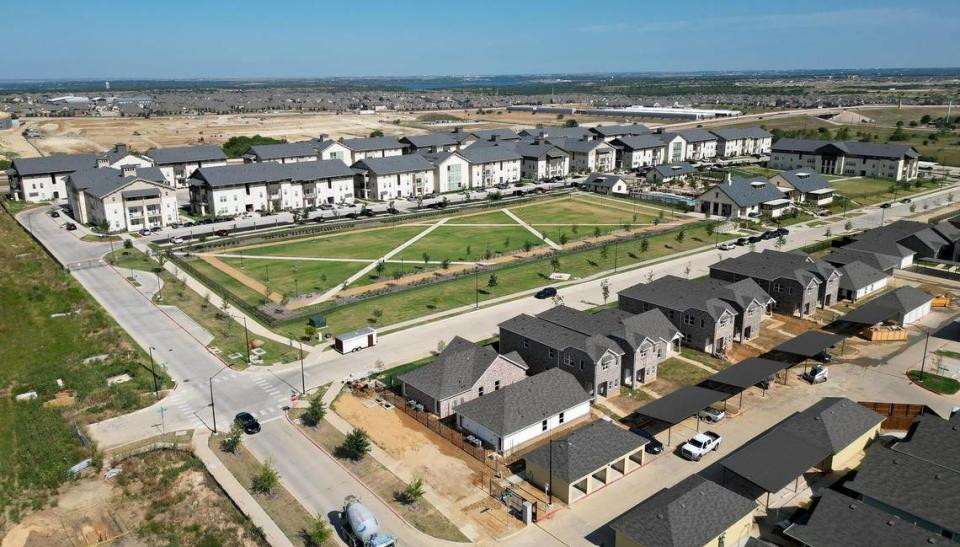
Southwest Fort Worth is projected to add roughly 90,000 people by 2045, according to data from the North Central Texas Council of Governments. That’s the second most behind northern Collin County in the 12-county Metroplex.
It’s like a reverse field of dreams, said former council member Jungus Jordan, who used to represent the area.
“Instead of if you build it, they will come, it’s they’re coming, so we better build it,” he said.
Longtime residents fear the traffic nightmares seen in areas like far north Fort Worth will accompany the rapid population change. They say it’s already happening on quiet neighborhood streets that have been transformed into raceways. But current and former Fort Worth city council members say the city is ready for the projected boom.
Why southwest?
Most of the growth is expected west of Chisholm Trail Parkway along the banks of Benbrook Lake.
That area is largely undeveloped, but roughly 1,700 housing units are planned or under construction, according to Dallas-based real estate firm Venture.
Fort Worth area 2045 Projected Household Population
his map shows the projected household population totals for 2030 (blue) and 2045 (red) as compared to the current 2023 (green) total population estimates by 2010 census block groups. Green circles indicate little or no growth from 2023. Blue and red circles around the green circles indicate the projected household population growth. The larger the circle, the greater the population. Tap on circles for the projected household population numbers and 2023 total population estimates.
NOTE: Household population excludes people living in group quarters such as dormitories, jails, and nursing homes. SOURCES: North Central Texas Council of Governments, ESRI
The new Tarleton State University campus which opened in 2019 is a driver of the growth, but the catalyst was the Chisholm Trail Parkway, said Peter Aberg, a partner at the real estate firm Legacy Capital Company. The 28-mile toll road connecting Fort Worth to Cleburne opened in 2014.
His company purchased and developed property around what would eventually become the Sycamore School Road and McPherson Boulevard exits.
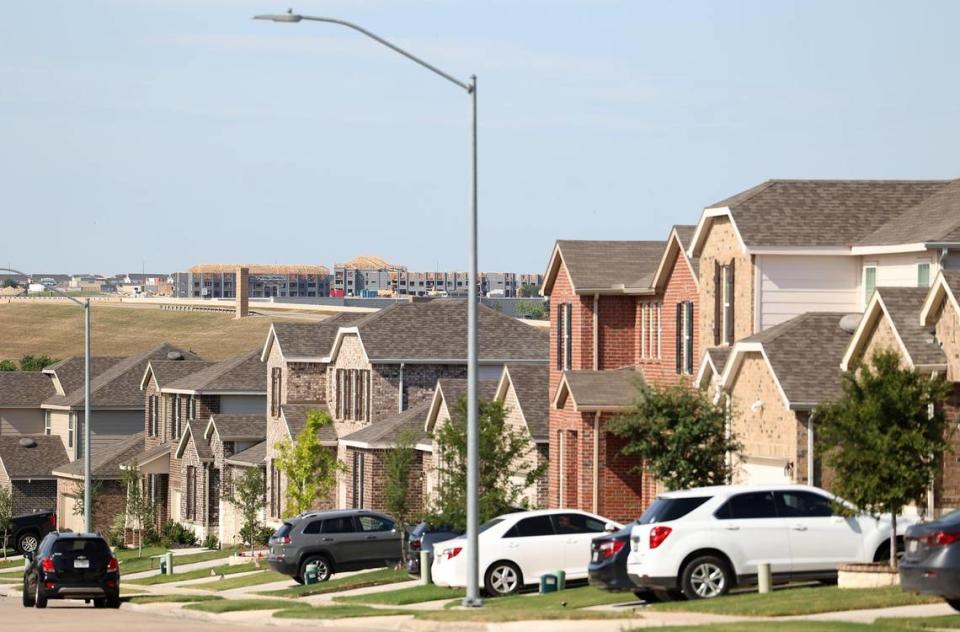
Plans for the toll road had been on the books since 1967, but Aberg credited money from the Obama Administration for getting the project over the hump.
All the residential growth has set the stage for more commercial development, Aberg said.
He pointed to H-E-B’s recent purchase of land just east of the tollway, and noted there’s space for another commercial anchor tenant to the west.
McPherson Boulevard is expected to be the center of commercial development, because it’s the halfway point between downtown Fort Worth and Cleburne, Aberg said.
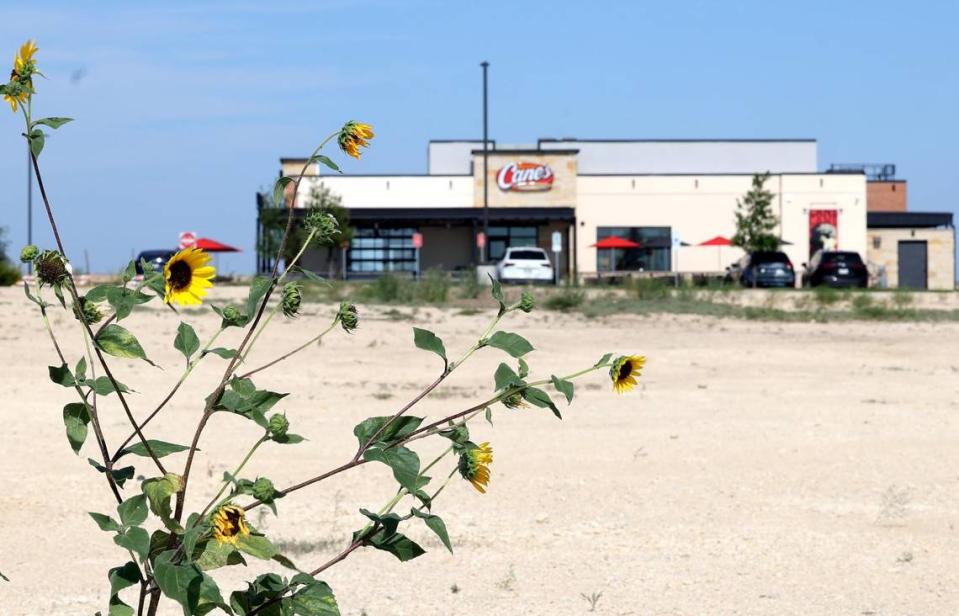
The area is also attractive because of Fort Worth’s support for development, said Barry Dluzen, evecutive vice president of land acquisition at Walton Global.
His company donated the land for the new Tarleton State University campus, and has partnered with home builders to develop 3,800 units of housing around the campus.
“Having folks involved that want to be involved, engaged, and try to create win-wins, is very important to us,” Dluzen said.
Southwest Fort Worth’s rapid development reminds Panther Heights’ resident Beckman of the congestion and traffic problems plaguing far north Fort Worth.
Large subdivisions built on two lane farm roads have overwhelmed the area’s infrastructure. The area’s east-west options aren’t much better with multiple railroad crossings causing traffic nightmares and safety concerns for residents north of Loop 820.
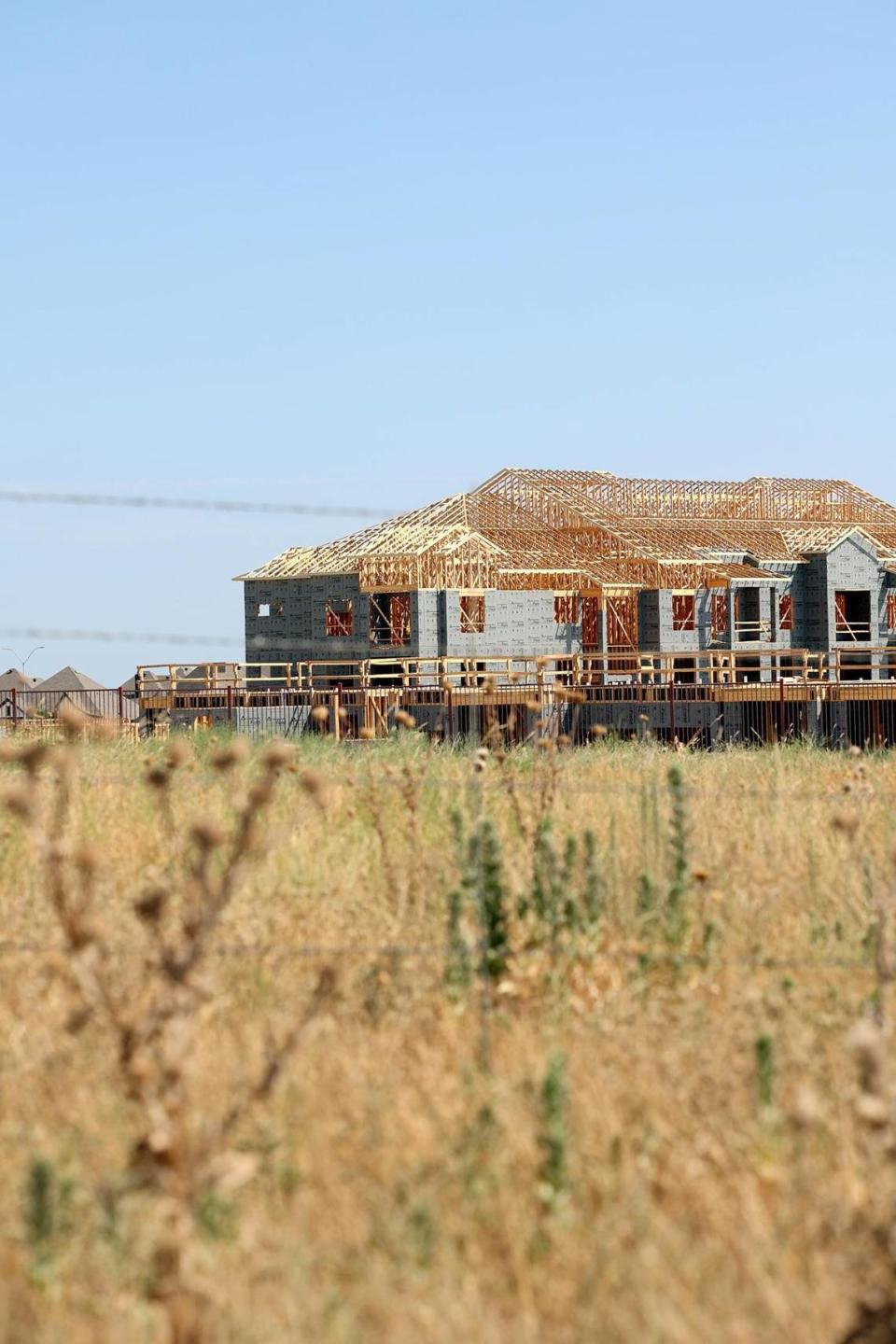
Not another Alliance
The city has learned a lot from the growing pains in the far north, said city council member Jared Williams. Population north of Loop 820 has increased 348% since 2000, to 341,695, according to Census data.
Williams pointed to developments around the Tarelton State University campus where sections of Brewer Road are being widened and extended to have four lanes and a median.
He’s also working with developers to extend Bryant Irvin Road to provide an alternative to the Chisholm Trail Parkway.
Panther Heights’ resident Beckman was skeptical that the roads will be able to handle the pace of development. She pointed to Summer Creek Drive south of McPherson Boulevard, where the four-lane road narrows to two.
“There have been wrecks there. There are people who don’t pay attention. They’ve hit the lights,” she said.
The city plans to improve the median along this section of Summer Creek Drive, but it’s not clear exactly when that will be.
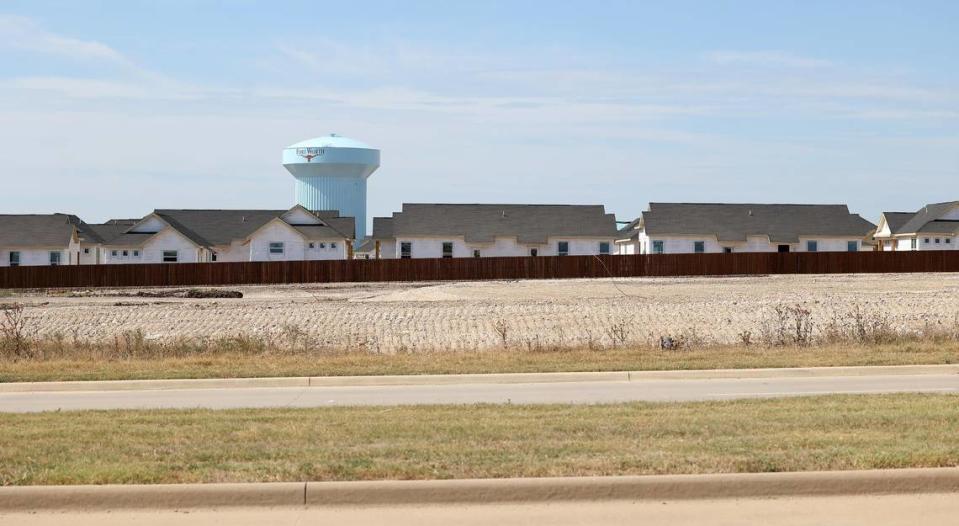
The big lesson from far north Fort Worth is making sure you have adequate east-west connections, according to Jordan.
The city took a hard beating with north Fort Worth’s growth, and became determined not to repeat those mistakes in other areas, he said.
Most of the east-west arterial roads are built out, but Williams said more is being done to widen West Risinger Road between North Crowley Road and Interstate 35W.
However, neighborhood roads are starting to see the kind of traffic you’d expect on an east-west connector, Beckman said.
Rancho Verde Parkway, between Summer Creek Drive and West Cleburne Road, is a two lane road with no sidewalk and homes on one-acre lots.
While residents used to be able to stroll along this stretch, it’s no longer safe due to increased traffic, Beckman said, adding she and her husband have nearly been hit multiple times.
Rancho Verde Parkway is not on the city’s long term plan for roadway improvements.
“We don’t have a problem with people moving in. The problem is that the roads are underdeveloped,” Beckman said. .Williams said he’s putting an emphasis on adding traffic calming measures to keep people safe.
“That’s something I’ve learned from the growing pains in north Fort Worth,” he said.
Good schools and affordable housing
The Crowley School district expects to grow from roughly 17,000 students to just under 21,000 by 2028. That increase pushed motivated a $1.17 billion bond package to build five new schools, a track and field complex and a performing arts center.
Voters approved borrowing money for the schools and track complex, but not the performing arts center.
The quality of the school district is definitely a factor in people choosing to move to this area, said district superintendent Michael McFarland.
“In every neighborhood where there’s an elementary school, there is either an A or B school in that neighborhood,” he said.
The pace of the growth has forced the school district to speed up its development timetable. Whereas before the district would plan for growth 20 years in the future, now the district is looking at 10 year increments, McFarland said.
The district also has to contend with increased costs of building an elementary school, but its rapid growth has made it easier to borrow money without increasing taxes, he said.
Homes in the area are also relatively affordable compared to other parts of Fort Worth.
There are houses in Crowley that can be priced $30,000 to $40,000 lower than similar homes in Mansfield and Grand Prairie, said LaToya Williams, a Realtor with RJ Williams & Company Real Estate.
That combination of good schools and relatively affordable housing makes the area attractive, she said.
What’s being lost
Southwest Fort Worth used to have a quiet, low-paced feeling when Sherri Lefkowski moved there 23 years ago.
The Chisholm Trail Parkway has made the area more accessible, but Lefkowski said the numerous subdivisions have taken away from the country life that attracted many longtime residents.
“You used to be able to sit out on the porch and hear the birds. Now all you hear is traffic,” she said.
Development does have its benefits, Beckman said. You used to have to go five miles out of your way to go to a store, but now there’s a lot more closer to home, she said.
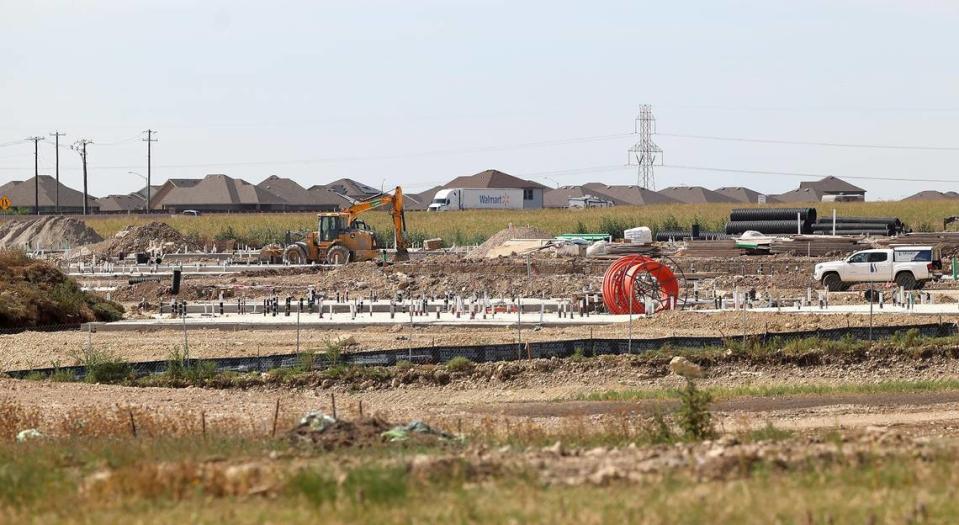
However, the nature that was such a draw before is already starting to change.
“We used to have tons of monarchs in our yard every year. Not anymore,” she said. The milkweed in the fields around her subdivision has been plowed over for more houses.
There also seems to be less of a community environment with the area adding so many new residents so quickly she said.
“Everything else is someone else’s problem,” she said, pointing to increased litter around the middle school and the introduction of porch pirates to her neighborhood.
She noted every area has growing pains, but the level of development is changing the character of southwest Fort Worth.
Some longtime residents are considering moving to get away from the rapid development, Lefkowski said.
“The problem is we don’t know where we would go,” she said.

